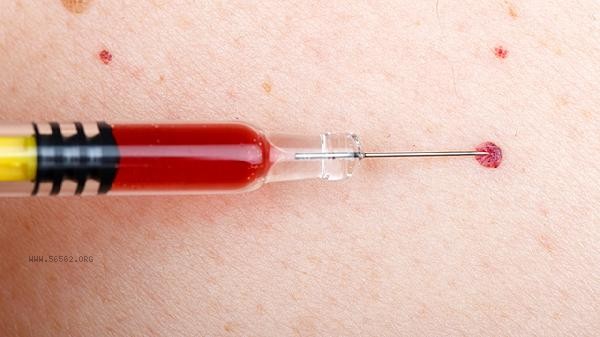The normal difference in bleeding time is mainly related to detection methods, individual physiological differences, drug effects, disease factors, and operating procedures. Different medical institutions may use IVY method, Duke method or automated instruments for testing, and there are natural differences in the standard range.

1. Differences in detection methods: There are three mainstream methods for measuring bleeding time: IVY method for 2-9 minutes, Duke method for 1-3 minutes, and template method. The IVY method applied a pressure of 40mmHg on the forearm and the incision results were generally higher than the Duke method's earlobe puncture detection. Automated instruments use capillary simulation technology, and the normal value is usually displayed for 3-6 minutes. Different methods and principles result in the inability to unify the reference interval.
2. Individual physiological fluctuations:
The bleeding time of healthy individuals can fluctuate by 10% -15% due to the influence of menstrual cycle and circadian rhythm. Platelet function is most active between 8-10 am in the morning, and test results in the afternoon may be delayed by 0.5-1 minute. Due to decreased vascular elasticity, the upper limit of normal values for elderly people can be 20% higher than that of young people, and this physiological difference does not require intervention.
3. Drug interference factors:
Aspirin can prolong bleeding time by 2-3 times, and it takes 7 days to recover to baseline levels after stopping the medication. Non steroidal anti-inflammatory drugs, clopidogrel and other antiplatelet drugs can inhibit the synthesis of thromboxane A2, resulting in significant differences in detection values among different drug users. Traditional Chinese medicines such as Danshen and Ligustrazine may also have a mild impact on the results.

4. Potential disease effects:
Patients with thrombocytopenia can experience bleeding for more than 15 minutes, while those with hemophilia can experience prolonged bleeding even if their platelets are normal. Patients with cirrhosis usually have test values 1.5-2 times higher than the standard due to insufficient synthesis of coagulation factors. These pathological changes need to be further differentiated by combining platelet count and coagulation.
5. Differences in operating procedures:
An incision depth error of 1mm can lead to a result deviation of 30 seconds, and a decrease of 5 ℃ in room temperature can prolong bleeding time by 10%. Some institutions use standardized spring blades, while traditional surgical knife operators have significant human factors. Incomplete disinfection of the blood collection site may activate platelets and cause pseudo normalization.
It is recommended to stop using drugs that affect platelet function one week before testing and choose to have a mid menstrual cycle follow-up. Daily moderate supplementation of vitamin K such as spinach and broccoli can maintain coagulation factor activity and avoid testing immediately after intense exercise. If the results of multiple re examinations exceed the reference range provided by local institutions, special examinations such as platelet aggregation tests and von Willebrand factor testing should be conducted. During winter testing, it is important to maintain a room temperature of around 25 ℃ to ensure the accuracy of the results.









Comments (0)
Leave a Comment
No comments yet
Be the first to share your thoughts!